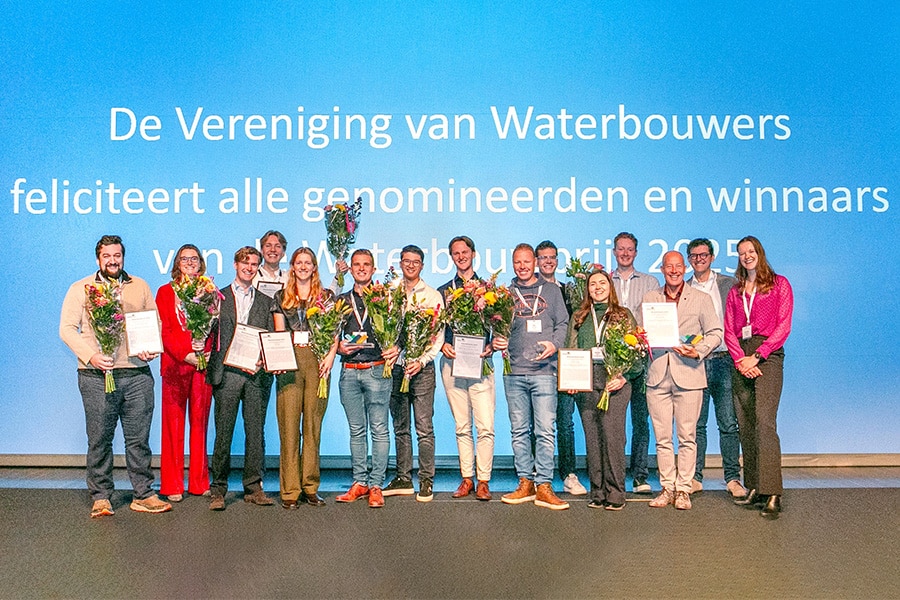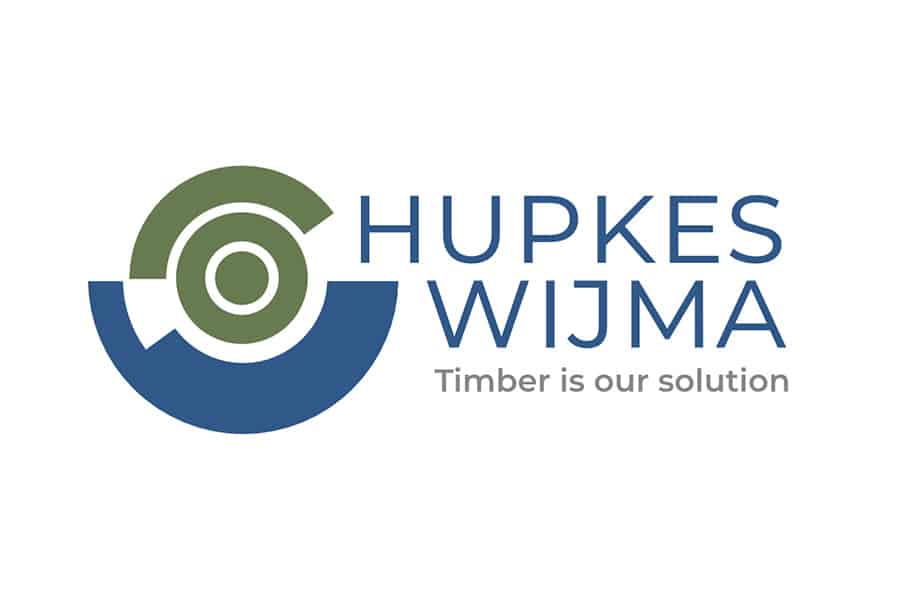
Sample job at dark depths
Since 2018, DISA International has been making a significant contribution to the A24 Blankenburg connection. At peak times, the specialist in pioneering underwater solutions assisted contractor combination BAAK with as many as 180 divers. Even now, various teams from DISA are still busy, for example, burning off the combi wall to the nearest centimeter. And that with little to no underwater visibility.
A large part of the Blankenburg connection is (partly) built underwater. In the preliminary phase, BAAK had a lot of contact with DISA International in order to fly the underwater constructions as efficiently as possible. "It is definitely a monster job for us," says Didier de Graaff, Managing Director of DISA International. "At peak times, we were operating day and night seven days a week. For this we also called on our foreign partners. Other projects and customers were not to be affected by this monster job."

Letterbox tub
Currently, DISA International is busy removing the trusses and burning away the combi wall in the ramps to the Maas Delta waste tunnel at a depth of 32 meters. "This so-called letterbox on the north and south sides has acted as a buffer during the construction of the ramps. On the one hand to seal off the access ramps watertight and on the other hand as approach protection for the construction pit behind them," says Marc Veldhuizen, contractor at DISA International. "Such a letterbox consists of two rows of 15 tubular piles each in diameters of 1.60 to 1.85 meters coupled together with sheet piling and between the two rows in three stacked trusses. In 2018, we welded underwater H-beams to these tubular piles, which act as support points for the three trusses weighing 100 tons each. When dismantling the letterbox, the trusses are first removed using a floating trestle, after which we burn through the tube piles at a depth of 32 meters and also lift them." The tubular piles are also anything but lightweights, weighing 85 tons each.

Fire template
Burning through the combi wall is quite complex, given the depth, three different currents underwater AND little to no visibility of the burner. "For burnout, we use a burn jig that we developed in-house," explains John Penson, Operations Manager at DISA International. "Combined with a PVL precision burner, we can burn off the combi wall to the nearest centimeter. The PVL burner is much more accurate than a thermal lance. The burning is also much faster and less dangerous." DISA International is one of the few companies that has mastered this specific burning method. "After burning off, we place a fitting cover on the tube pile of the outer row of piles and measure the pile for height on four sides," Veldhuizen continues. "This is because this is used to determine the exact height of the shims, on which the drop-off element rests. The shims form a kind of correction leveling, as it were, so that each pile has the same bearing capacity in relation to the element."
DISA International is also providing the necessary assistance during the sinking of both tunnel elements of the Maas Delta Tunnel. "For example, we are contributing with divers to the installation of the actual tunnel elements," says Penson. Although our work is not yet fully completed, we look back on a wonderful project, De Graaff summarizes. "A project that was also carried out with a very high safety score. And we are quite proud of that."
Heeft u vragen over dit artikel, project of product?
Neem dan rechtstreeks contact op met PERI.
 Contact opnemen
Contact opnemen
![[Vacancy] Civil Advisor at Spaarnelanden 6](https://gww-bouw.nl/wp-content/uploads/2025/12/Naamloos-2-kopie.jpg)



